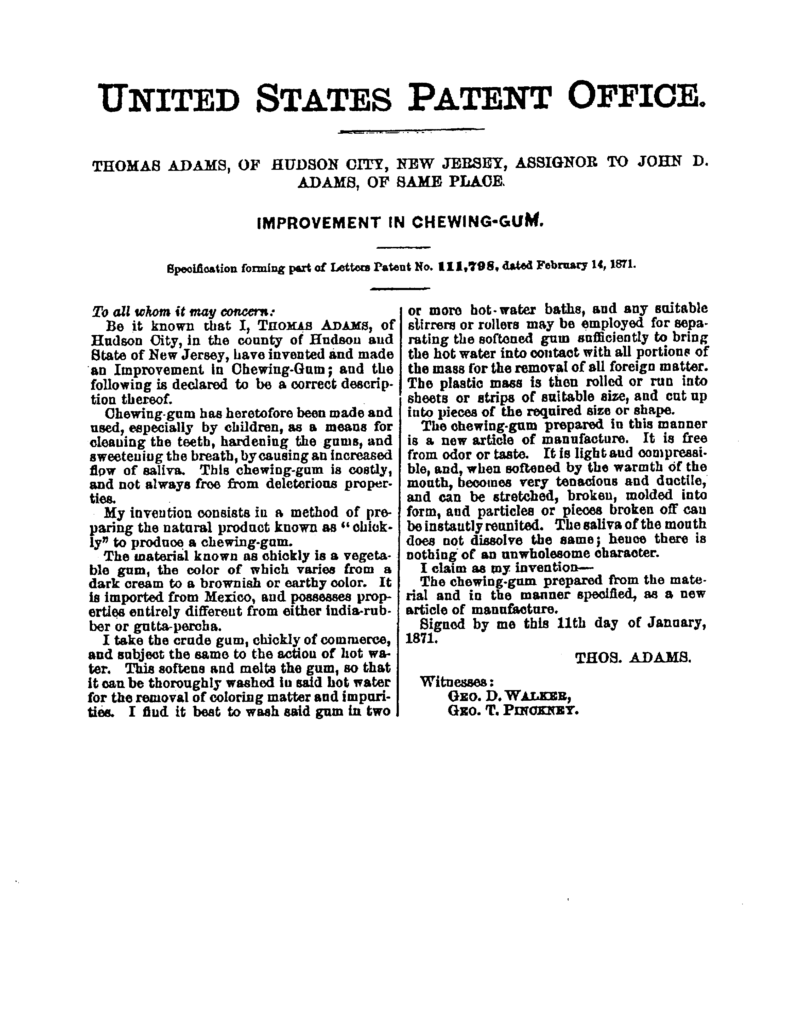On December 31, 1833, Obed Hussey received U.S. Patent No. X7928

This was Hussey’s most notable invention was a reaping machine, but he also invented a steam plow, a machine for grinding out hooks and eyes, a mill for grinding corn and cobs, a husking machine, a machine for crushing sugar cane, a machine for making artificial ice, a candle-making machine, and other devices.
Although Hussey reaper was ultimately surpassed in the marketplace by the reaping machines of Cyrus McCormick, patented less than a year later on June 21, 1834 (U.S. Patent No. X8277):

Hussey was the first person to make, patent, and sell such a machine in the United States. His machine was first in that it was first to be patented and had been worked in at least eight states before McCormick’s machine ever left Virginia. Hussey’s cutting mechanism became the standard in harvesting machinery.




















